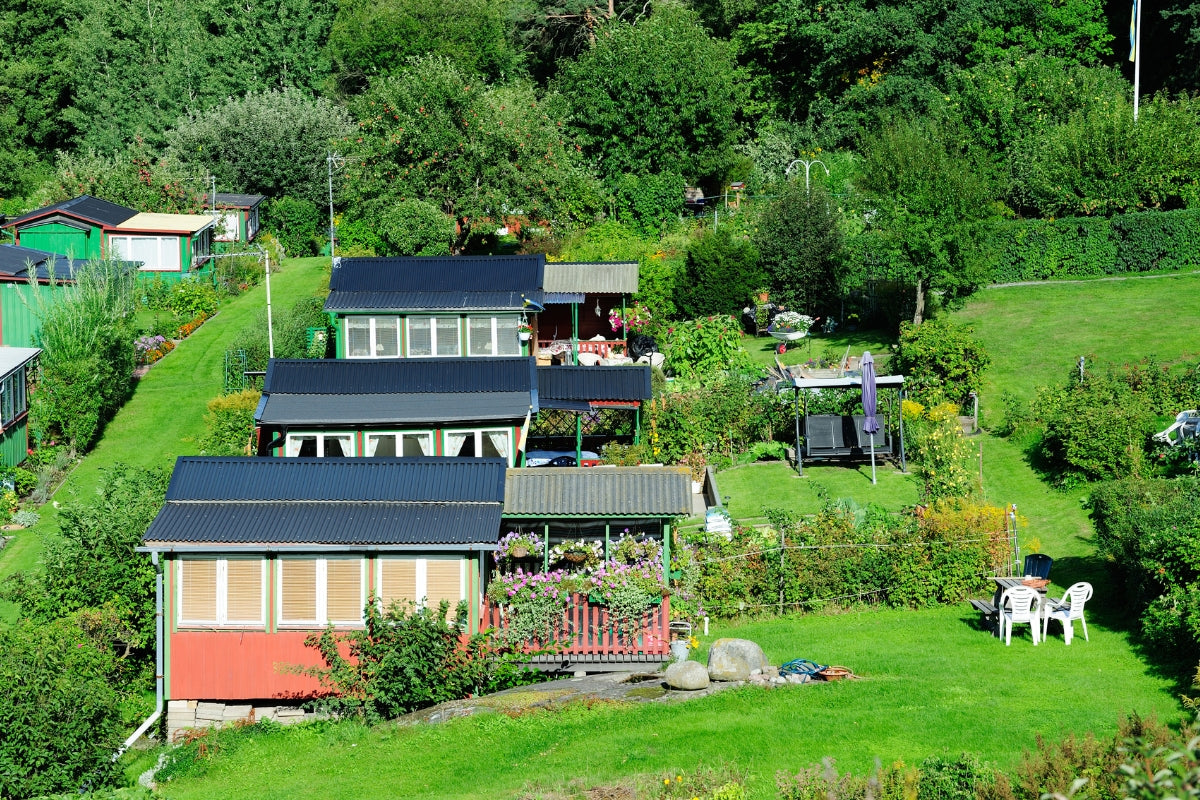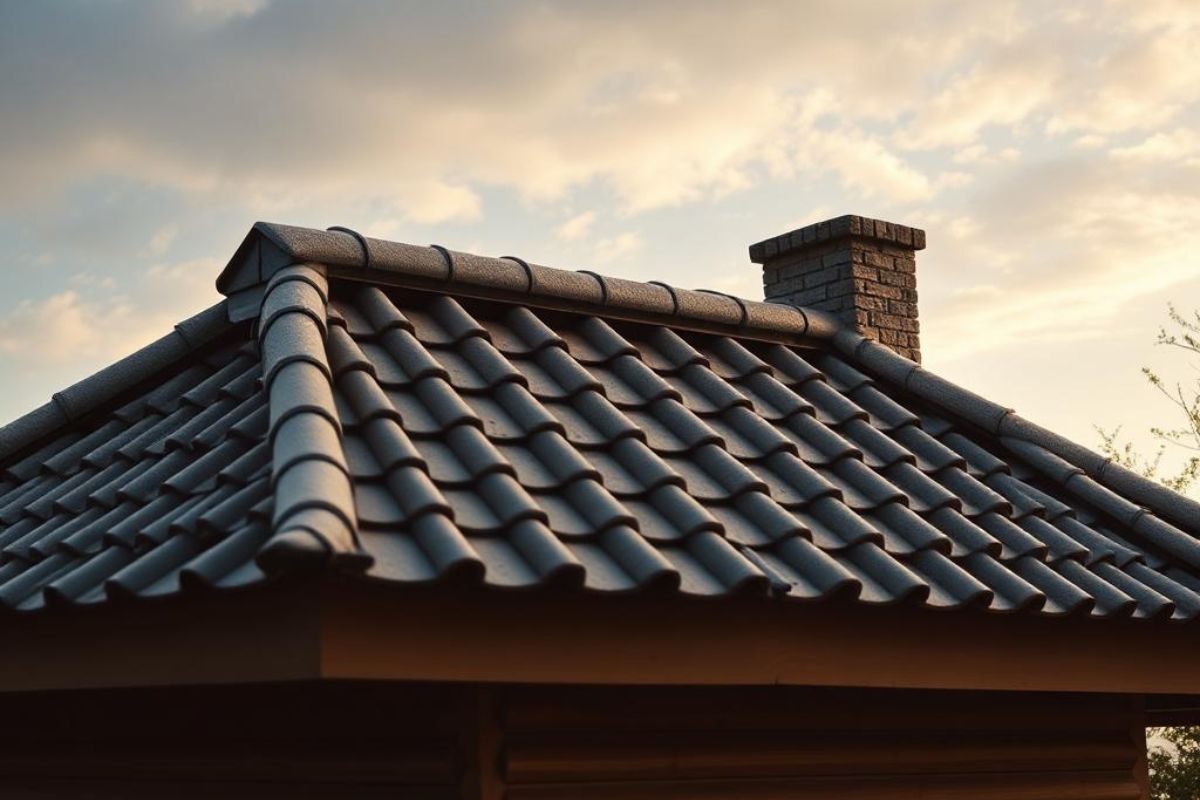However, even within the tiny house community, the financial burden of purchasing land can be a daunting obstacle. Enter the concept of group land purchases—a potentially transformative approach that can revolutionize the affordability of tiny house living.
The Rise of Tiny House Living
In recent years, there has been a notable rise in the popularity of tiny house living. This movement, characterized by the embrace of smaller, more efficient living spaces, has captivated the imaginations of many individuals. Tiny houses typically range from around 100 to 400 square feet in size. They offer a significant departure from the expansive dwellings that have long been the norm in many parts of the world.
One of the primary drivers behind the rise of tiny house living is the desire for financial freedom and flexibility. Housing costs are soaring in many urban and suburban areas, particularly during economic downturns and housing crises. Hence, many people find it increasingly challenging to afford traditional homes.
Tiny houses offer a viable alternative, allowing individuals to significantly reduce their housing expenses and often live mortgage-free. According to recent data, tiny houses cost $67,000 on average. This is 87% less than the average price of a standard home.
Moreover, tiny house living embodies a minimalist ethos that resonates with those seeking to simplify their lives and reduce their environmental footprint. By embracing a smaller living space, individuals are forced to prioritize the things that truly matter to them. Additionally, tiny houses typically require fewer resources to construct and maintain, making them a more environmentally sustainable housing option.
Therefore, many individuals started opting for tiny houses. According to Green Builder Media, nine out of 10 Americans were ready to consider tiny house living in 2022. This shows how popular tiny house living has become in a short time.
The Problem With Tiny House Living
Tiny house living has gained popularity in recent years, celebrated for its simplicity, affordability, and environmental friendliness. However, beneath its charm lie several challenges that can make this lifestyle less idyllic than it seems.
One prominent issue is space constraint. While the small footprint of tiny houses appeals to those seeking to downsize, it also limits living arrangements. The lack of space can lead to feelings of confinement and claustrophobia, especially for individuals accustomed to larger dwellings.
Moreover, storage becomes a constant struggle in tiny houses. With minimal square footage available, occupants must carefully prioritize belongings and adopt creative storage solutions to maximize space efficiency. The scarcity of storage can contribute to clutter and disorganization, detracting from the minimalist appeal that tiny houses often embody.
Another problem with tiny house living is that although it might seem less costly, it costs more per square foot. Data shows that these tiny houses cost around 38% more than an average-sized house if compared per square foot. Thus, although it gives a sense of ownership by allowing people to buy affordable homes, the spending is actually more.
This is where the concept of group buying comes into the picture. If potential tiny house buyers pool resources and buy land collectively, it can be more valuable.
The Power of Collective Ownership
Group land purchases involve individuals cooperating to jointly acquire and develop the property for shared use. This collaborative approach to homeownership offers numerous advantages, particularly in the context of tiny house communities. By pooling financial resources and collective expertise, participants can significantly reduce the cost and complexity associated with land acquisition.
At the heart of the group land purchase model lies the principle of shared ownership and communal living. Participants contribute financially toward land purchase and ongoing maintenance and operational expenses. In return, they gain access to a supportive community environment, shared amenities, and the opportunity to realize their vision of sustainable living.
People looking to buy tiny houses can gather money to get acreage for sale with house. This can help them both financially and area-wise. Homes with acreage usually cost less per square foot than buying only the house.
Consider buying a tiny house against buying land with acreage in Texas. According to Forbes, a tiny home would cost $160 per square foot on average. Now, a Zippia article mentions that the average cost of one acre of land in Texas is $29,800. Thus, the average price of a square foot of acreage in Texas is only around $0.7.
Tiny homeowners can pull together resources to buy such acreage for sale with the house and move their respective tiny houses there. This can give them ample space with several other benefits.
.jpeg)
Advantages of Group Land Purchases for Tiny House Communities
Group land purchases for tiny house communities offer several advantages, such as:
- Cost sharing and affordability: One of the most compelling benefits of group land purchases is the ability to spread costs across multiple individuals. The financial burden on individual homeowners is significantly reduced by dividing expenses such as land acquisition, infrastructure development, and utilities. This collective approach makes tiny house living more accessible to a broader range of participants, including those with limited financial resources.
-
Community building and support: Beyond financial considerations, group land purchases foster a sense of community and shared responsibility among participants. The importance of community building cannot be denied. There are many ways to build community and support.
According to UNDP, young people are acquiring new skills, promoting peace, fighting gender-based violence, etc., for community development. Group land purchases allow people to collaborate and work on such things for community building. -
Resource efficiency and sustainability: Tiny house communities often prioritize environmental and resource efficiency. By clustering homes on shared land, residents can optimize the use of space, minimize environmental impact, and promote sustainable practices.
Furthermore, the collective approach to resource management enables residents to share tools, equipment, and other resources, reducing waste and promoting a more sustainable lifestyle.
Legal and Regulatory Considerations
Group land purchases may present unique legal and regulatory challenges that require careful consideration and planning. According to Land Broker MLS, there can be different zoning regulations in different cities and states.
Depending on jurisdictional requirements and zoning regulations, participants may need to navigate permitting processes, land use restrictions, and compliance with local ordinances. Establishing clear legal frameworks and governance structures can help mitigate potential conflicts and ensure compliance with applicable laws.
To sum up, group land purchases can potentially revolutionize the affordability and accessibility of tiny house living. They can provide a pathway to homeownership for individuals and families seeking an alternative to traditional housing options. Participants can create vibrant, sustainable communities by harnessing the power of collective ownership, collaboration, and community building.






Share: